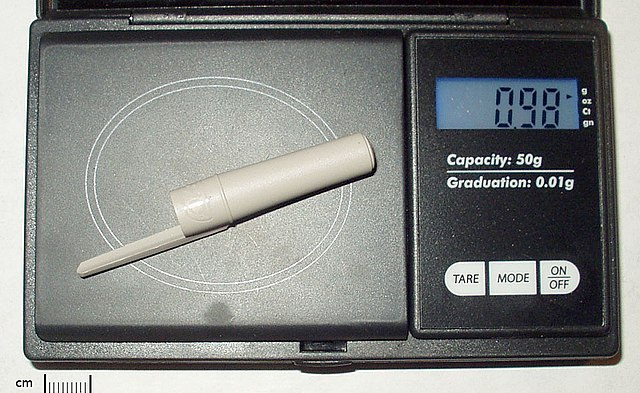Grams are a fundamental unit of weight measurement used in the metric system, which is the standard system of measurement in most of the world. They are a part of our daily lives, from the food we eat to the objects we use. Let’s unveil the hidden world of weight measurement through grams:
1. Basic Unit of Mass:
- Metric System: The gram (g) is the base unit of mass in the metric system. It is defined as one one-thousandth (1/1000) of a kilogram.

2. Everyday Use:
- Food and Cooking: Grams are commonly used to measure ingredients in recipes. From flour and sugar to spices and vegetables, grams help ensure precise measurements for cooking and baking.
3. Scientific Applications:
- Laboratory Work: Grams are frequently used in scientific research and laboratory work to measure chemicals, compounds, and substances with high precision.
4. Weight of Common Objects:
- Currency: A U.S. one-dollar bill weighs about one gram.
- Paperclip: A standard paperclip typically weighs about one gram.
- Sugar Cube: A standard sugar cube weighs about four grams.
5. Importance in Health and Nutrition:
- Food Labels: Nutrition labels on packaged foods often provide information in grams, helping consumers make informed choices about their dietary intake of nutrients such as carbohydrates, fats, and proteins.
6. Precision in Drug Dosage:
- Pharmaceuticals: In the pharmaceutical industry, grams are used to precisely measure the dosage of medications.
7. International Standard:
- SI Unit: The gram is an integral part of the International System of Units (SI), which is the modern form of the metric system used worldwide for scientific and everyday measurements.
8. Multiple and Subunits:
- Kilograms: One kilogram (kg) is equal to 1,000 grams. It is often used for larger weights.
- Milligrams: One milligram (mg) is equal to 1/1,000 of a gram. It is used for very small measurements, especially in medicine and chemistry.
9. Historical Significance:
- French Revolution: The metric system, including the gram, was developed during the French Revolution in the late 18th century as part of a broader effort to standardize measurements.
10. Ease of Conversion: – Versatility:
The metric system’s decimal nature makes it easy to convert between units. For example, 1,000 grams equal 1 kilogram, and 1 gram equals 1,000 milligrams.
In conclusion, grams are a vital and versatile unit of weight measurement used in various aspects of daily life, science, industry, and commerce. They provide a precise and standardized way to quantify mass, making them an essential part of our understanding and interaction with the physical world.











